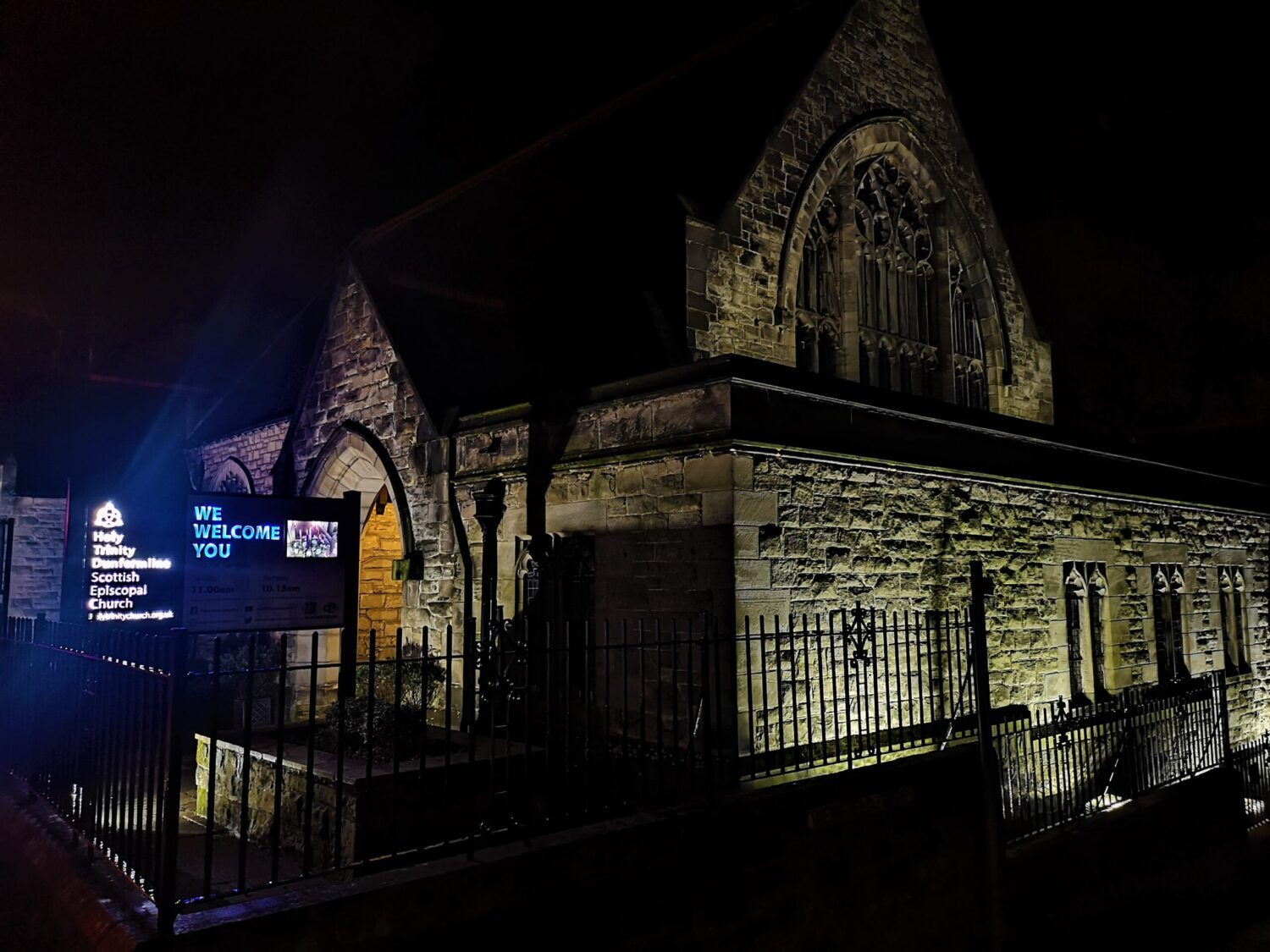Those of you who heard Andrew Wedge talking about his pilgrimage to Santiago last year, or read about it in our magazine, might have expected a more exotic picture, but it’s St David’s Day on 1 March, so this is St David’s Cathedral in Pembrokeshire, built on the site of a 6th century monastery that the Patron of Wales founded in the inhospitable area known as Glyn Rhosyn. David and his followers lived a simple life – they refrained from eating meat or drinking beer – and he taught them to “be joyful, to keep the faith and to do the little things”.
From early times the cathedral has been a focus for pilgrims. In the twelfth century the medieval shrine (recently restored) was so important that two pilgrimages to St Davids were equivalent to one to Rome, and three were equivalent to one to Jerusalem. The cathedral is still a place of pilgrimage as well as “a house of prayer, a sacred space, and a place that encourages personal honesty and growth in a context where the presence of God has been experienced through centuries”, as its website puts it.
Their education and pilgrimage centre makes the point that “there are two strands to pilgrimage. One strand is an actual spiritual journey to a holy place and the second is the pilgrimage that takes place in all our lives in all sorts of ways. Pilgrimages take us through rough places and bring us home, they help us make decisions and they give us new directions. Pilgrimage is also the Christian journey through life from Baptism.” And it is the second strand that the Churches Together in Britain Lent course takes, inviting us to embark on a spiritual journey through Lent, both alone and in company, sharing with others our personal reflections, stories and insights. It’s not too late to start …


